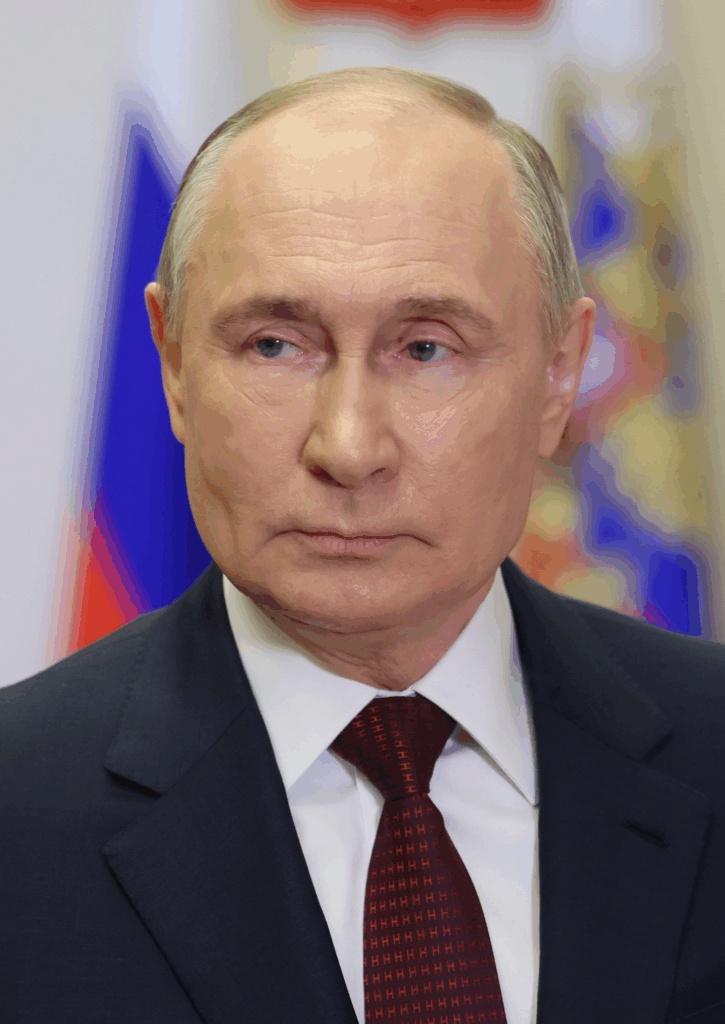Table of Contents
🔥 Leaked “Doomsday Map”: Russia’s Potential First-Strikes on U.S. Soil
A dramatic leak has revealed a “doomsday map” circulating within Russia’s inner circle—highlighting seven U.S.
strategic sites Moscow might prioritize if nuclear conflict ignites. With the tinderbox of global tensions now hotter than ever—from Ukraine to the Middle East—this revelation has reignited fears of a new global showdown.

🧭 Inside the “Doomsday Map”
The leaked broadcast, later removed from Russian state television, listed high-value American military and strategic targets:
| ⚠️ Target | 🏛️ Significance |
| The Pentagon (VA) | Heart of U.S. military planning |
| Camp David (MD) | Presidential retreat and command HQ |
| Jim Creek Naval Radio Station (WA) | Vital link to Pacific nuclear submarines |
| Fort Ritchie, near Raven Rock (MD) | Underground continuity-of-government bunker |
| McClellan AFB (CA) | Decommissioned—but still sensitive infrastructure |
| Kirtland AFB (NM) | Nuclear warhead storage and R&D |
| Pantex Plant (TX) | Key nuclear assembly/maintenance facility |
🌍 A Dangerous Context: Global Flashpoints
- Ukraine Crisis: As Congress approves more military aid to Kyiv, Russian officials—including spokesman Dmitry Peskov—have bristled, accusing Washington of recklessness and provocations akin to NATO engagement.
- Middle East Turmoil: Iran launched hypersonic missiles at Israeli sites amid deteriorating ties with the U.S.—a move that drew Russian diplomatic backing. Moscow cautioned that any attack on nuclear facilities globally could ignite “a nuclear disaster.” Analysts, however, believe Russia prefers to avoid opening a second front.
💥 What the Map Reveals
- Escalation Readiness: Russia’s identification of U.S. strategic nodes suggests serious planning for a potential nuclear counterstrike scenario.
- Strategic Messaging: While direct confrontation isn’t imminent, the leak reflects a rising willingness to use diplomacy as a form of strategic intimidation.
- U.S. Exposure: The list underscores vulnerabilities in U.S. military and command infrastructure—something national security planners will likely assess urgently.
🛡️ U.S. and Global Response
- Increased Monitoring: American intelligence is said to be scanning Russian communications and infrastructure to verify the leak’s authenticity.
- Domestic Alert: Cities like Washington, New York, and others with key military installations are reportedly on heightened alert—even without immediate threats.
- Diplomatic Channels: NATO allies, along with environmental and nuclear watchdogs globally, are calling for urgent back-channel diplomacy to de-escalate the rhetoric.
🧭 Why It Matters
- Breakdown of Deterrence: Naming U.S. assets—even symbolic ones like Camp David—shifts the boundaries of what both nations consider “off-limits.”
- Nuclear Brinkmanship Revived: The map revives Cold War-style tensions, pitting nuclear powers against each other in a high-stakes chess game.
- Urgent Diplomacy Needed: As global flashpoints multiply, leaders are urged to step back from brinkmanship and recommit to conflict prevention—even as the map signals deep distrust.
✅ The Bottom Line
The leaked “doomsday map” may or may not reflect an imminent Russian nuclear strategy—but it does represent a stark escalation in strategic messaging.
With multiple theaters at risk, the world is facing a chilling reminder: nuclear conflict remains a real and present threat. The only path forward lies in sober diplomacy, steadfast deterrence, and open dialogue before we cross an irreversible line.
